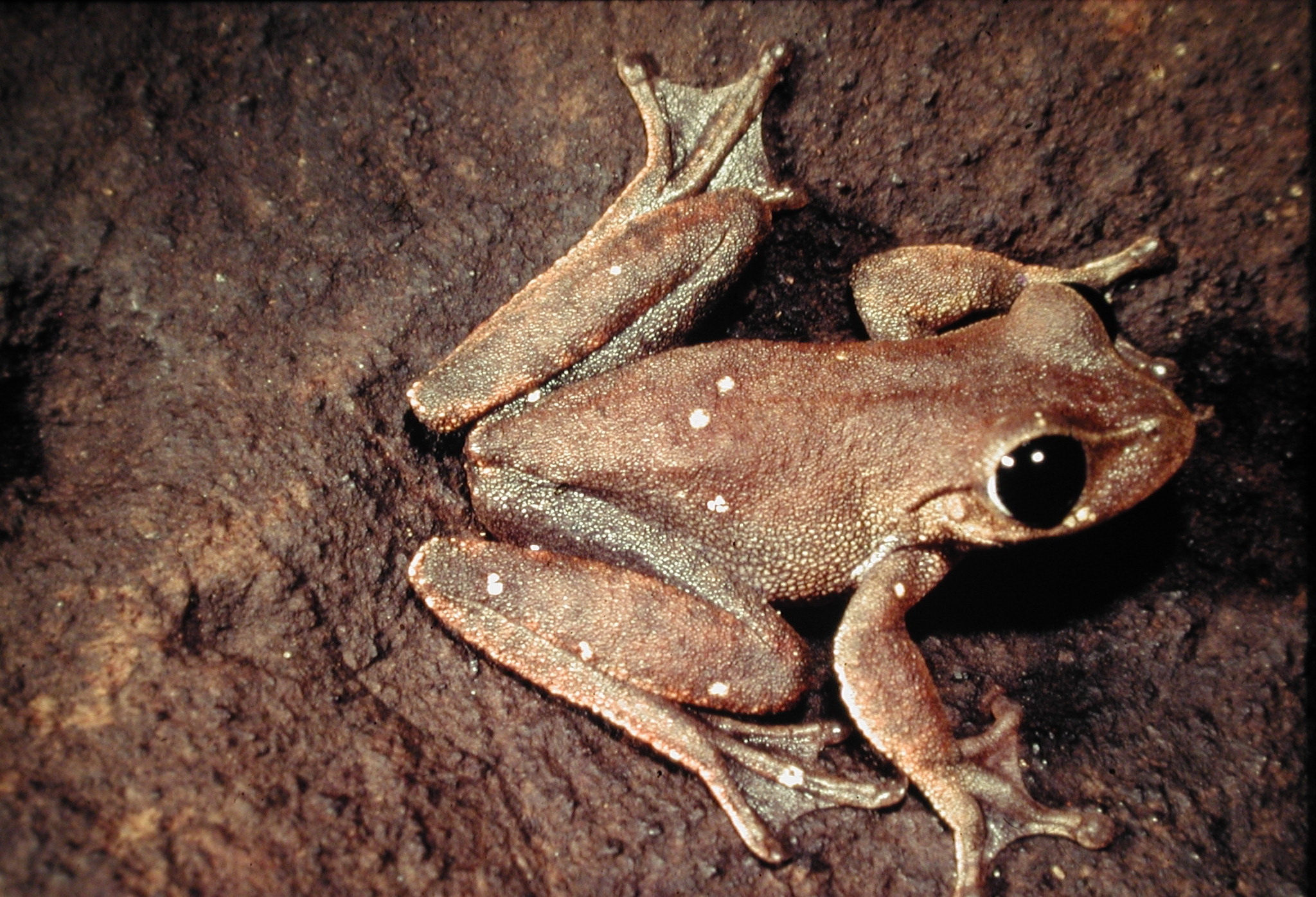Townsville frog researcher awarded science grant

Seven frog species could be saved from extinction by a Townsville scientist thanks to a Queensland Government grant.
Science and Innovation Minister Ian Walkersaid Dr Alexandra Robertsfrom James Cook University’s College of Public Health, Medical and Veterinary Sciences, would use the $180,000 research grant to develop a treatment to stop a fungal disease killing the world’s frogs.
“Dr Roberts’project is one of 24 research projects in Queensland to share in $7.18 million in research grants funding under the Accelerate program,” Mr Walker said.
“The funding is helping to revitalise frontline services as we promised at the election.
“We chose research projects that have the potential to deliver real economic, social and environmental benefits for Queensland through the creation of innovative products, technologies or processes as well as create future jobs for Queenslanders.”
Mr Walker said the Accelerate funding program aimed to turn great ideas into great opportunities and deliver solutions to problems facing Queenslanders.
“Dr Roberts’ project will look at the fungal disease chytridiomycosis, which has caused the global extinction of many amphibians, including six Australian frog species, all of them from Queensland,” he said.
“Five more Queensland frog species are endangered and two are critically endangered. These species will likely become extinct unless intensive management strategies for chytridiomycosis are implemented.
“Dr Roberts will try to identify hotspots of high risk for future disease outbreaks and research a treatment to kill the fungus.”
Dr Roberts said the fungus inhibited the frog’s immune system, damaged the skin and caused death via cardiac arrest.
“I will look to develop targeted drugs to overcome the inhibition of the frog’s immune system and enhance vaccination against the disease,” she said.
Dr Roberts hoped her research would inform management and frog introduction practices in Queensland to help control the spread and impact of this devastating disease.
 Follow
Follow